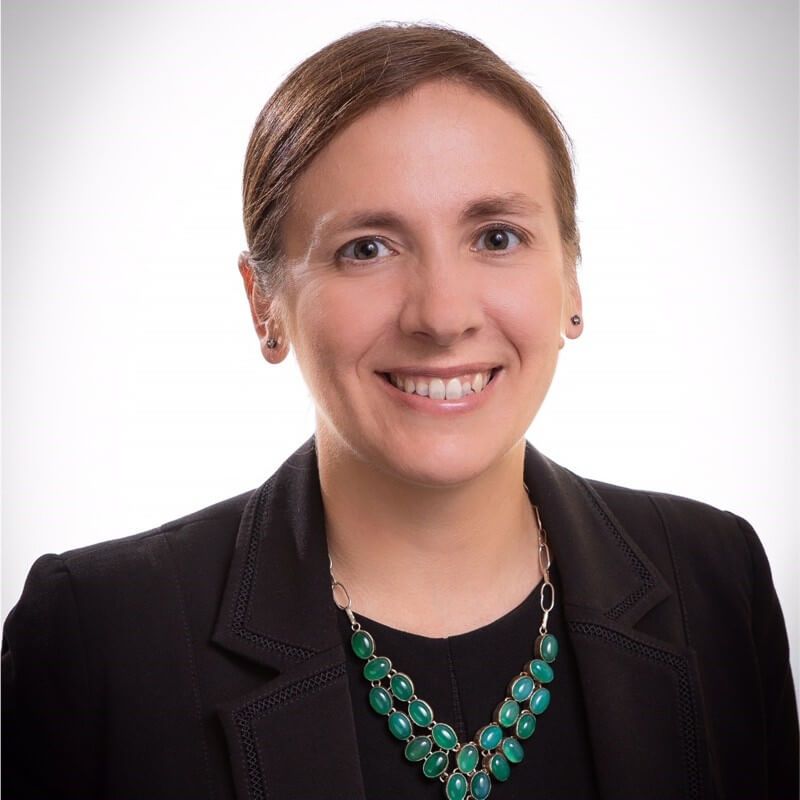
April 17, 2024 • 8 min read
Laying the Groundwork for Long-Term ESG Program Success

Telia Peter
As regulations targeting environmental, social, and governance (ESG) disclosures continue to emerge — including the SEC’s Climate-Related Disclosure rules announced on March 6th, 2024 — organizations are racing to establish internal ESG programs and protocols. These new requirements have added layers of complexities for organizations to overcome, including navigating through managing and controlling ESG processes with very little guidance currently available. Still, we had similar regulations in the past, like SOX and conflict minerals, that lessons learned can be used and insights drawn from. In addition, there are some early ESG adopters who are allowing a line of sight into how we can both build and advance our programs.
I sat down with Jannies S. Burlingame (CFO at Lexica) and Ali Glickstein (Business Operations & Strategy leader) to discuss building our ESG programs and share real-life experiences and advice that would help others going through their own ESG journey. This article highlights the key takeaways from that discussion centered around building an ESG program that is not only impactful and sustainable, but also one that will set an organization up to achieve long-term success.
1. Assemble a Cross-Functional Team
One of the first decisions you must make is where to position the new ESG program within the company. For some companies, the program is comprised of a unique team that helps management establish goals, gather data, and produce reporting. In other cases, the program is decentralized with numerous cross-functional departments leaning into ESG work as an offshoot from their full-time roles. In the latter scenario, risk management teams are often called on to provide guidance to management and establish controls that ensure realistic goal setting, reliable data gathering, and accurate reporting. Both approaches can be successful, but strong communication and defined responsibilities must be established.
Next, a successful ESG program should be collaborative, which includes collecting and considering a variety of perspectives. Ali noted, “One way to start is with an internal assessment survey to figure out what is important to your leadership and to your employees. Then, break the data down by team, line of business, and level. You might find it interesting to see the intersections between those data points to illuminate what is most important your organization.” With this approach, we can pinpoint the objectives that matter most and leverage the stakeholders within the company who are already working to further ESG objectives. Whether you have a team that is centralized or decentralized, internal stakeholders will likely come from different areas of the organization and will help you define the most important and impactful metrics.
2. Get Commitment Across the Company
With most programs, we talk about getting buy-in from senior executives. Since they set the tone for the organization, this is a critical step. ESG goals can encompass the entire company and it is possible to get commitment from the full organization if you take the right steps. Setting the right tone, collaborating, gathering a wider perspective, and continually educating the broader team can be a formula for success. Jannies S. Burlingame explained that we need “strong communication within the organization. For our board meetings, ESG is a standing agenda item. Consider quantifying how many companies have been fined for non-compliance to help persuade them to remain committed.”
Ali added, “Outside of executives, I’ve found success inviting people to speak about their organization to showcase what their team is doing around sustainability. When you provide a forum for sharing their agenda, people are more likely to show commitment.”
By simultaneously tackling the organization from both the top and bottom, you ensure commitment across a large audience. If formalized performance incentives are not already in place, these forums and discussions can also be used to recognize, reward, and celebrate ESG successes that may reinforce positive behaviors.
3. Leverage Technology to Streamline ESG Program Management
Data is at the heart of the ESG program. The earlier you can tackle establishing a line of sight into accurate and pertinent information, the easier it is to begin focusing on what external stakeholders want visibility into, such as what your goals are and how are you are progressing. Jannies noted, “We must understand the data we want to collect and how we will ultimately use that data. When we get started, we can use ESG management technology instead of trying to manage this effort in manual spreadsheets that may not provide the data integrity desired.” By implementing software to support the ESG program from the beginning, a team can avoid wasting time and resources on analyzing immaterial items, using unreliable methods to gather data, or duplicating data collection efforts across the company.
Once all the foundational work is in place for collecting data, then the operational side of ESG kicks in to define goals and measure performance against those predefined metrics. Technology can also facilitate mapping data and information to ESG frameworks that allow visibility into how the company’s work relates to ESG initiatives taking place worldwide.
Never Stop Growing and Learning
Striking the balance between managing the risks and opportunities present within ESG is a perpetual challenge. Jannies cautions, “To achieve balance, you must evaluate your priorities, assess resources available, and make a realistic commitment to what you can achieve with the people and resources you allocate to the initiatives — and understand that nothing’s final.”
As global regulations continue to evolve, it will be important to keep a finger on the pulse of the early adopters, reporting guidance, and disclosures being made, as well as internal and external stakeholder expectations. Your program will grow and change over time, and by applying the advice from these thought leaders, you can embed a foundation built for long-term success in your ESG program.
About the authors

Telia Peter is the Director of Internal Audit at A. O. Smith Corporation. Telia has over 20 years of experience reporting to audit committees, boards and leading enterprise risk management and internal audit departments at manufacturing and healthcare organizations. Prior to joining A. O. Smith, she was with at Aurora Healthcare, Brady Corporation, and served in both the risk consulting and external audit practices with EY. Connect with Telia on LinkedIn.
You may also like to read


NIST CSF 2.0: What IT compliance managers need to know in 2025

Building resilience with IAM: Unifying access, risk, and compliance

ISO 27001 risk assessment: A practical guide for IT compliance managers

NIST CSF 2.0: What IT compliance managers need to know in 2025

Building resilience with IAM: Unifying access, risk, and compliance
Discover why industry leaders choose AuditBoard
SCHEDULE A DEMO



